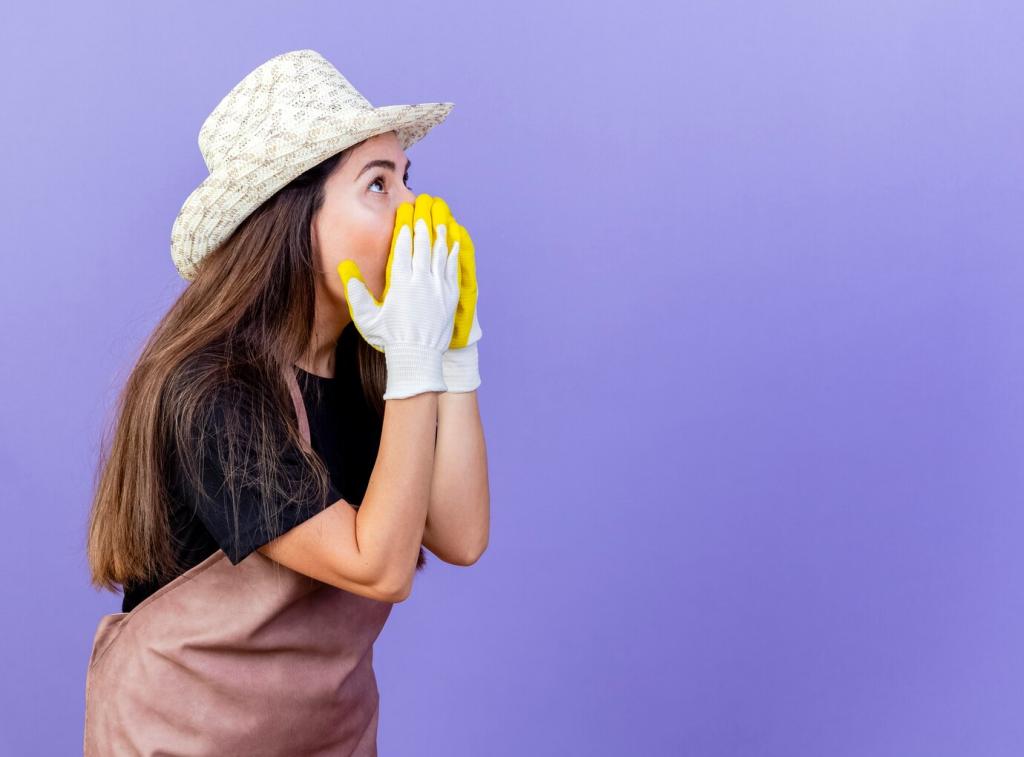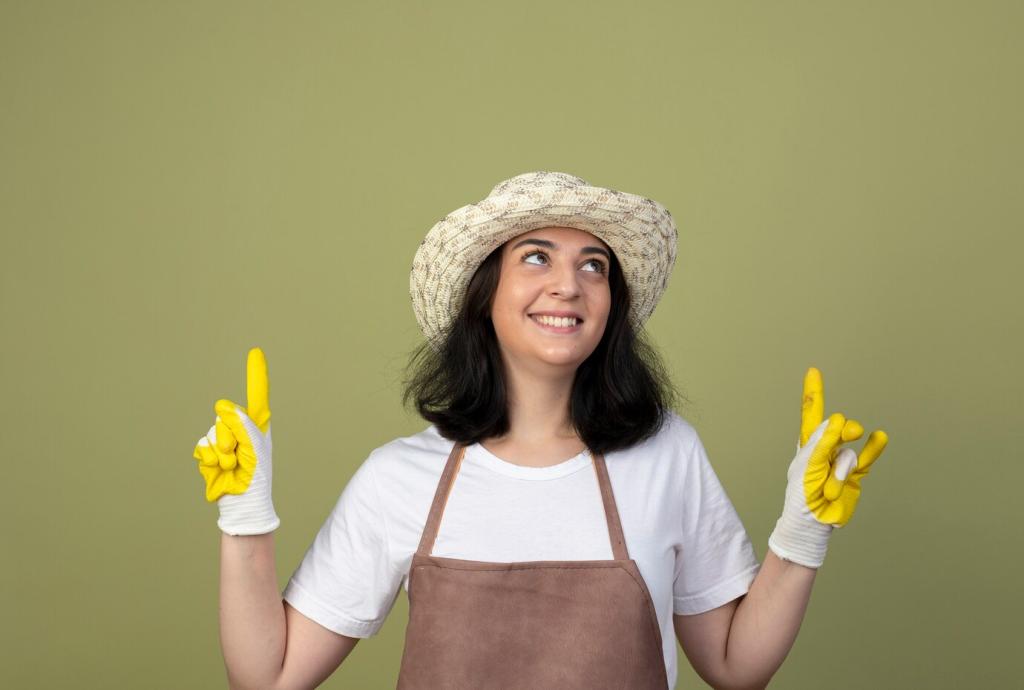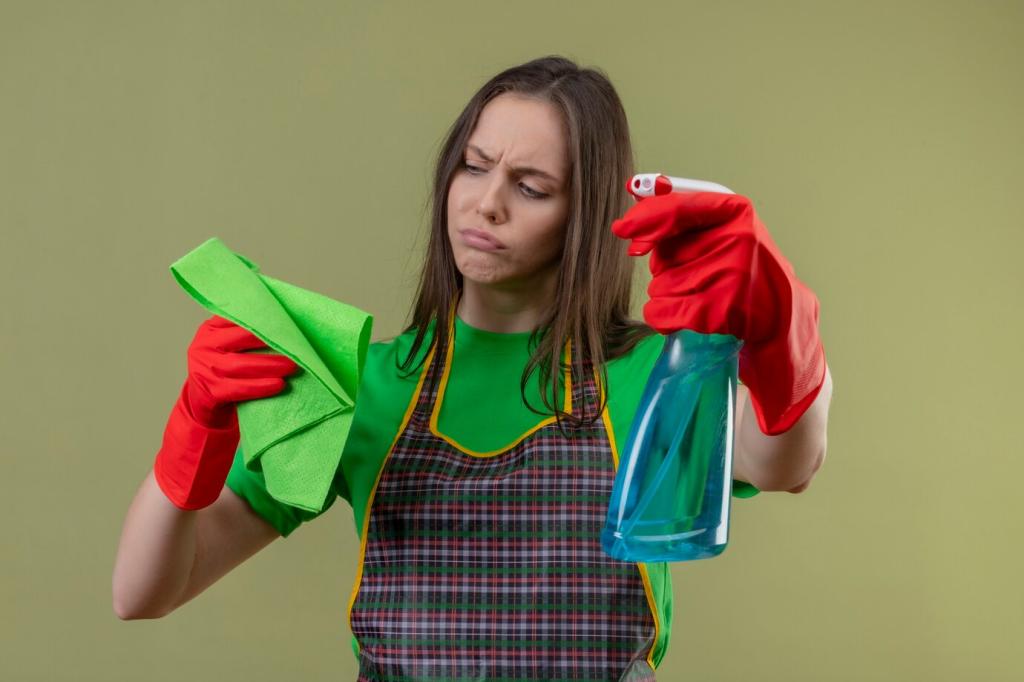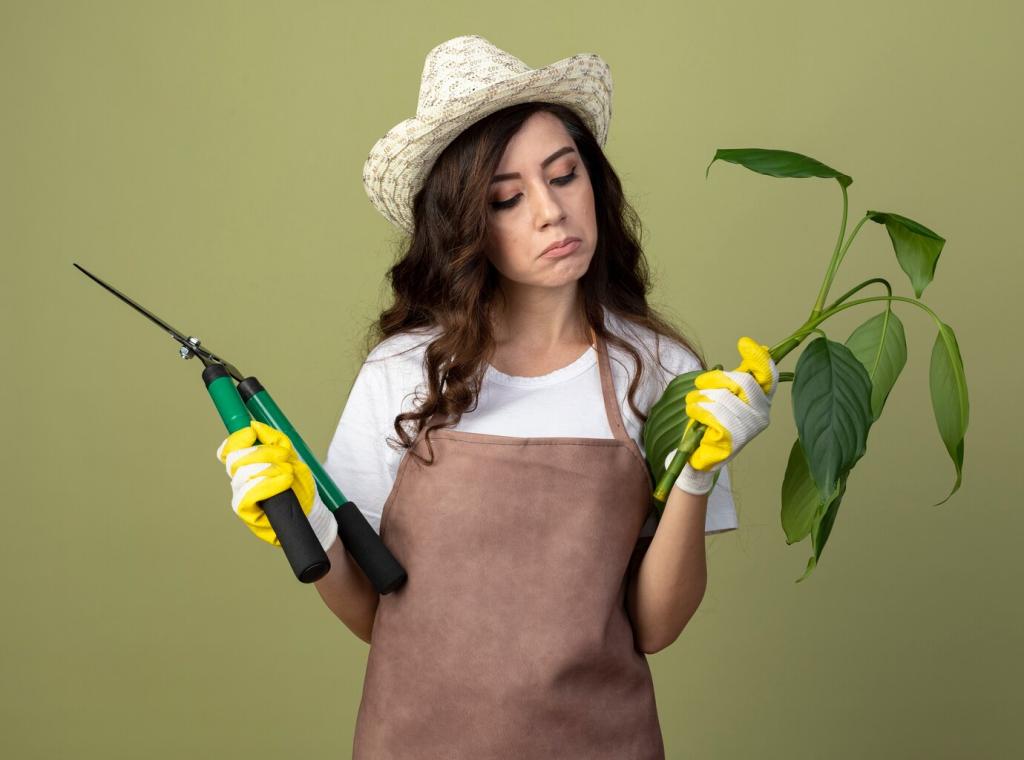
Gentle Shine: Chemical-Free Methods for Wood Furniture Cleaning
Chosen theme: Chemical-Free Methods for Wood Furniture Cleaning. Welcome to a calmer, safer way to care for cherished wood pieces—no harsh fumes, no mystery formulas, just time-tested, natural methods that respect your furniture and your home. Subscribe for weekly tips and share your questions so we can help your wood glow.
Conventional cleaners can release volatile organic compounds that linger in enclosed rooms. By using simple ingredients like distilled water, mild soap, and plant-based oils, you reduce irritants, protect sensitive lungs, and create a calmer, safer living space for kids, pets, and guests.
Why Chemical-Free Cleaning Protects Your Wood and Your Home
Microfiber, Distilled Water, and Soft Brushes
A high-quality microfiber cloth traps dust instead of pushing it around. Distilled water reduces mineral spots, while soft artist’s brushes or a clean makeup brush whisk debris from carvings and joints. Keep tools dedicated to wood only, and your finish will thank you.
White Vinegar, Safely Diluted
White vinegar can cut light grease when diluted—one teaspoon per cup of distilled water. Always test on an inconspicuous area, avoid waxed or shellac-heavy finishes, and wring cloths nearly dry. Vinegar is a helper, not a soak; less is more for sensitive surfaces.
Olive Oil, Lemon, and Jojoba for Conditioning
A tiny amount of olive oil with a drop of lemon brightens dulled surfaces, while jojoba oil offers stable, non-rancid conditioning. Apply sparingly with a soft cloth, buff thoroughly, and skip scented additives. Share your favorite ratios in the comments so others can try them.
Method One: Dusting, Detailing, and Dry Refresh
The Weekly Dust Dance
Glide a clean microfiber cloth along the grain, lifting rather than pressing. Fold to expose clean sections as you go, and finish with a light buff. This quick ritual prevents micro-scratches and keeps oils from building into stubborn films that demand stronger interventions.
Crevices, Caning, and Carvings
Use a soft brush to coax dust from corners and reliefs, then capture it with your cloth. For caned panels, a few careful puffs of air and a feather-light touch work wonders. Tell us your trickiest carving, and we will offer tailored suggestions for delicate detailing.
Why We Skip Steam
Steam swells wood fibers and can cloud finishes, especially shellac or lacquer. Moisture sneaks into joints, loosening glue over time. Keeping methods dry for routine refreshes preserves structure and sheen. If you’ve ever battled steam damage, share your lessons to help others avoid it.


Method Two: Mild Soap Solution for Everyday Grime
Combine one teaspoon of liquid castile soap with one quart of warm distilled water. Agitate lightly to disperse, then dampen a cloth and wring until nearly dry. Always test first, working in small sections so you can control moisture and see results immediately.
Method Two: Mild Soap Solution for Everyday Grime
Wipe with the grain using your damp cloth, then immediately follow with a dry, clean towel to remove residual moisture. This rhythm prevents water marks, protects joints, and leaves a clean, low-luster finish. Comment with your favorite drying towels for streak-free, velvet results.
Method Three: Spots, Stains, and Sticky Residues
Mix a tiny pinch of baking soda with a few drops of water to create a delicate paste. With a soft cloth, massage lightly over crayon or ring marks, then wipe clean and buff. Resist heavy pressure to avoid flattening the sheen or cutting through finish.


Method Three: Spots, Stains, and Sticky Residues
For sticky label residue, dab a small amount of olive or jojoba oil, wait a minute, then nudge with a cloth along the grain. The oil loosens adhesive without harsh solvents. Share your before-and-after photos—we love celebrating those quiet, satisfying victories.
Long-Term Care: Natural Protection and Everyday Habits
Melt two parts jojoba oil with one part beeswax, cool to a soft balm, then apply sparingly along the grain. Buff until your cloth glides. This breathable layer nourishes and protects without plastic shine. Want the full recipe? Subscribe and we will send exact, easy steps.

